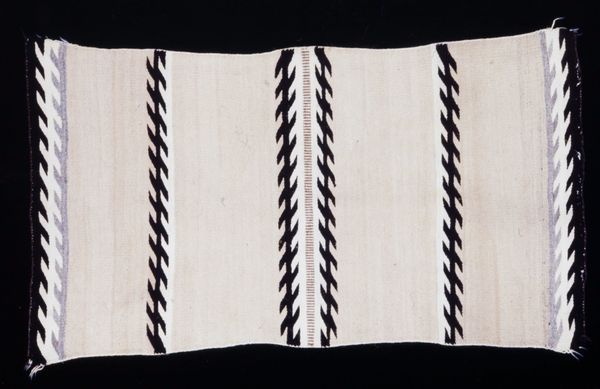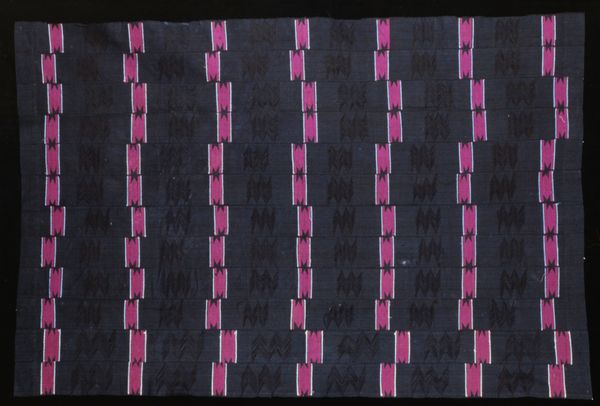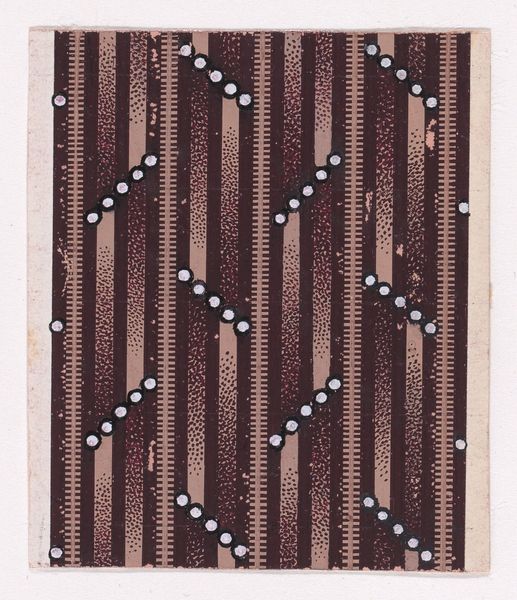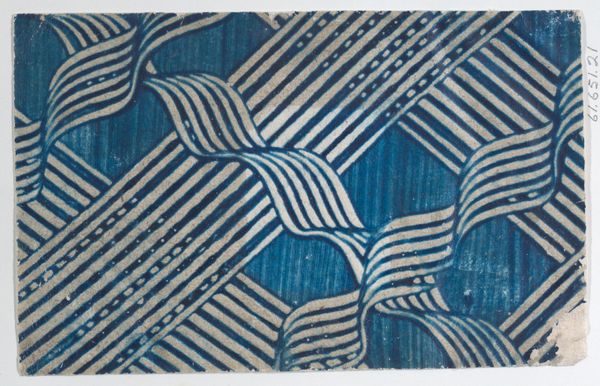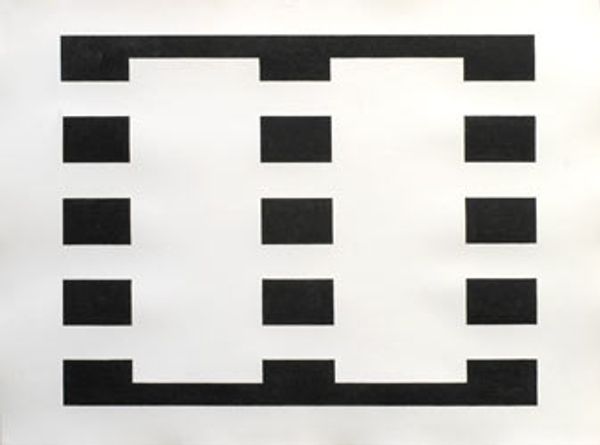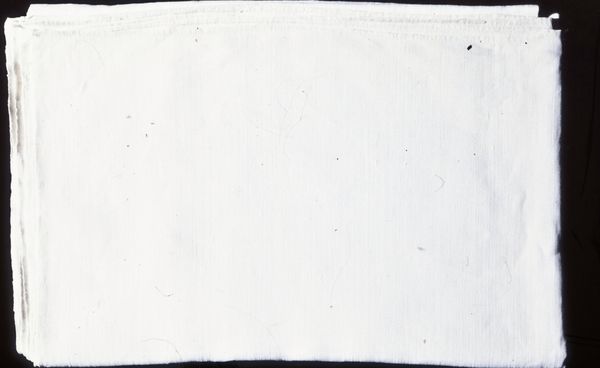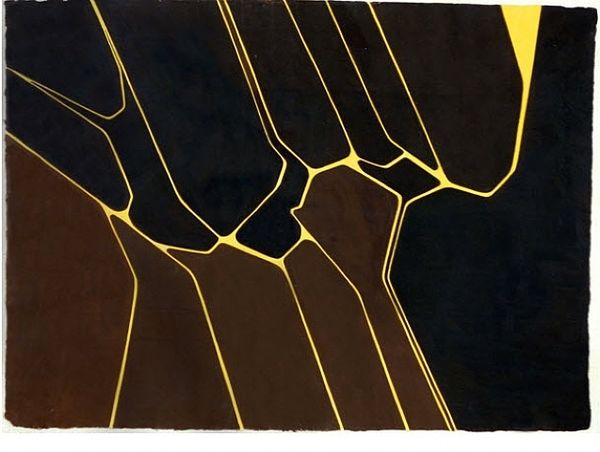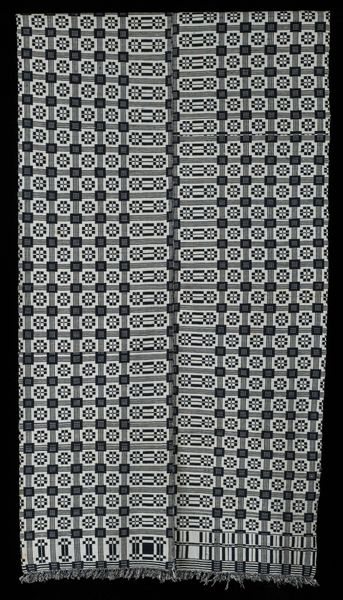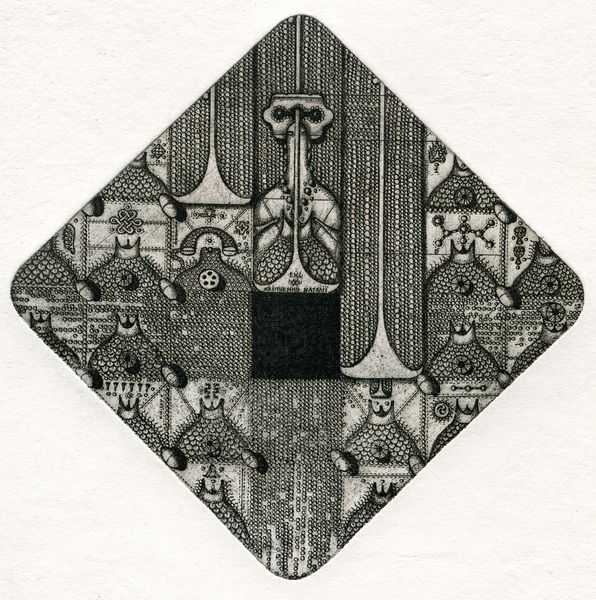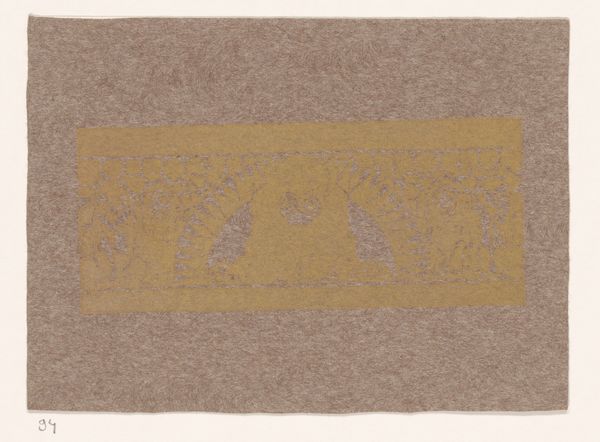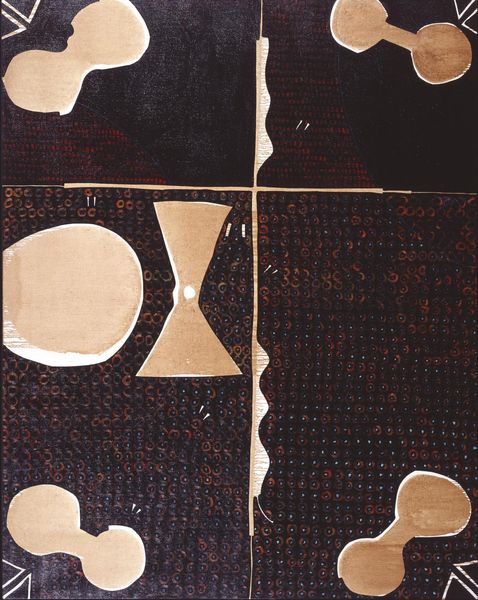
fibre-art, weaving, textile
#
fibre-art
#
weaving
#
textile
#
folk art
#
outsider art
#
folk-art
#
geometric
#
line
#
decorative art
#
indigenous-americas
Dimensions: 47 1/4 x 33 3/4 in. (120 x 85.7 cm)
Copyright: Public Domain
This is a saddle blanket made by a Hopi artist, also known as Hopituh Shinumu, whose dates are unknown. The simple monochrome design embodies key aspects of Hopi culture. The stark contrast between light and dark may refer to the Hopi understanding of duality and balance in the universe. The minimalist geometric patterns are consistent with Hopi textile art, which is known for its clean lines and symbolic representations. The blanket’s function also speaks to Hopi culture. Horses were not native to the Americas but were incorporated into Hopi life after being introduced by the Spanish. Blankets such as these would have been woven for trade, marking a moment of cultural exchange. The act of weaving is itself a vital part of Hopi life. It's a skill traditionally passed down through generations, with women playing a crucial role. The creation of textiles is intertwined with Hopi social structure and spiritual beliefs. To fully understand the nuances of this saddle blanket, a historian would consult anthropological studies, accounts of trade between the Hopi and other cultures, and analyses of Hopi art and symbolism. This object is a testament to the Hopi's resilience and adaptability, their ability to integrate new elements while preserving their distinct cultural identity.
Comments
No comments
Be the first to comment and join the conversation on the ultimate creative platform.
